#Colorado
2019 Chevrolet Colorado ZR2 Bison Review - Slow and Steady Rock Crawler
On paper, a midsize truck with a diesel powertrain and bad-ass off-road gear sounds like a recipe for fun.
And based on our first drive of the Chevrolet Colorado ZR2 Bison, it is – provided you actually get an opportunity to leave the pavement behind.
On road, however, in an urban environment — well, you get a truck that’s not much fun at all.
Junkyard Find: 1987 Dodge Raider, Sawzall Roadster Edition
Big on Base Models? The 2021 Chevrolet Colorado Is Not the Truck for You
The Chevrolet Colorado and GMC Canyon gain visual refreshes for 2021, but the updates foisted upon General Motors’ midsize twins won’t win over those who enjoy keeping their pickup expenditures to a bare minimum.
For the vast majority of the buying public, however, the revamped trucks might be viewed as an improvement over what came before.
Junkyard Find: 1989 Chevrolet Caprice Classic LS Brougham
For better than three decades, Chevrolet sold Americans full-sized sedans with angular lines and — in most cases— V8 engines. Beginning in 1959 (or even earlier, depending on how strict you are about the definition of “angular”), a big rear-drive Chevy box sedan was the most mainstream American motor vehicle… and that came to an end in 1990, after which the Caprice got a new cetacean body on the old 1977-vintage chassis.
These late Box Caprices have become very tough to find in junkyards, so I decided to document this picked-over example in Colorado before they’re all gone forever.
Junkyard Find: 1987 Hyundai Excel 3-Door Hatchback
Until the appearance of the Chrysler 200 and the current generation of Mitsubishi Mirage, the fastest average showroom-to-junkyard speed I’d ever seen with a new car took place with the first-generation Hyundai Excel. Even the wretched Yugo, its rival for the title of Cheapest New Car Available In America, seemed to hold together until at least age six or seven before going to The Crusher, but I started seeing plenty of solid-looking ’86 and ’87 Excels at Southern California U-Wrench yards by 1990 or so.
Still, some of those early Excels stayed on the road for decades, and I try to document those miraculous survivors when I find them. Here’s the cleanest first-gen Excel I’ve seen in at least 25 years, found in a Denver self-service yard last week.
Junkyard Find: 2008 Pontiac Solstice
Quick, what was the final new Pontiac model introduced before the marque’s demise in 2010? The G3, a Pontiac-badged Chevy Aveo (itself a rebadged Daewoo Kalos, which makes The Final Pontiac first cousin to the Ravon Nexia R3). We remember a Pontiac model from slightly earlier in the chaos of mid-to-late-2000s GM much better: the Solstice, a mean-looking sports car that showed great promise but went down with the Pontiac ship in 2010.
I saw my first discarded Solstice last year in Colorado Springs, and now I’ve found this much cleaner one in Denver.
Junkyard Find: 1967 Chevrolet Impala Sedan
During the middle 1960s, the Chevrolet full-sized sedan was the most mainstream car in North America. The pinnacle for sales numbers came in 1965, with way more than a million new big Chevrolets sold, but 1967 saw 1,127,700 Biscaynes, Bel Airs, Impalas, and Caprices leave the showrooms (if you include wagons in the count, and of course you should).
Of all these full-sized Chevy cars in 1967, by far the most common was the Impala four-door post sedan, and that’s we’ve got for today’s Junkyard Find.
Junkyard Find: 2001 Subaru Legacy Outback VDC Wagon
Junkyard Find: 2005 Saab 9-2X Linear
Junkyard Find: 1973 Cadillac Sedan DeVille
Cadillac had become by far the top luxury car manufacturer in North America by the early 1970s, with the all-time pinnacle of Cadillac production reached in the 1973 model year: 304,839 ’73 Cadillacs purred off the assembly line. Then, well, the Yom Kippur War pissed off OPEC’s most important members, European luxury cars gained more than just a minor foothold, and Cadillacs became so commonplace that their prestige value sank for the rest of the decade.
Here’s a big, plush Sedan DeVille, from the final year of Cadillac’s undisputed reign over the American road, photographed in a Denver self-serve car graveyard earlier this year.
Junkyard Find: 1995 Volvo 850 Turbo Wagon
When I’m strolling through my favorite junkyards and looking for significant bits of discarded automotive history, I’m always on the lookout for interesting Volvos. Thing is, my definition of interesting has long spanned the PV544/Amazon Era through the Late Rear-Wheel-Drive Brick Era, meaning that the universe of front- and all-wheel-drive Volvos beginning with the 1993 850 has been neglected in this series.
Lately, I’ve been making an effort to fill in some of those blank spots in the junkyard record, and so I went out and found a ’97 850R sedan and today’s find: this 1995 850 Turbo Wagon.
Junkyard Find: 1980 Honda Accord Sedan
Direct Sales Compromise Reached Between Colorado Auto Dealers and EV Makers
Colorado has been considering allowing automakers to sell electric vehicles directly to consumers, but pushback from dealerships complicated things. Senate Bill 167 was intended to level the playing field against Tesla, which already engaged in direct sales, by opening up the door for rival electric vehicle manufacturers to similarly bypass the dealership model.
However, dealer groups noticed the language in the bill effectively permitted any automaker producing EVs to engage in direct sales, Naturally, they cried foul. The bill had its final legislative hearing on Monday, and its new language identifies a difference between a legacy automaker with existing storefronts and EV firms without them.
'It's Still a Pig': Colorado Dealers Association Cold on Direct Sales Model, But Rivian Sees Promise There and Beyond
With production of its R1T pickup scheduled to commence later this year, upstart EV maker Rivian is aiming to get its products into as many states as possible, even if it means challenging dealer franchise laws. Following the R1T’s debut, the R1S three-row SUV will arrive to bolster Rivian’s emissions-free game.
In Colorado, where a bill seeking to allow direct sales via OEM-owned stores cleared a Senate committee last week, Rivian hopes to secure a victory — then replicate it in other protectionist states.
Junkyard Find: 1988 Pontiac LeMans Sedan
Since starting doing this goofy car-writing-online gig 13 years ago last month, I have documented the demise of 2,073 discarded vehicles in excruciating detail. During that time, I have walked right past thousands and thousands of allegedly interesting cars and trucks (sorry, BMW 3 Series fans, but I’ve been trying to make it up to you in recent years) in order to obsess over my very favorite kind of junkyard machines: little– known examples of puzzling badge engineering. That means that when I see the South Korean Pontiac LeMans in a junkyard, I photograph it.
Here’s a low-mile, first-model-year LeMans sedan, found in a Denver car graveyard last spring.



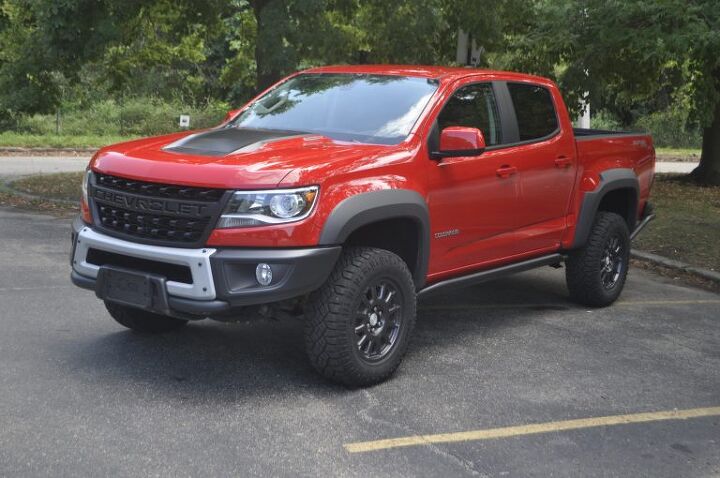
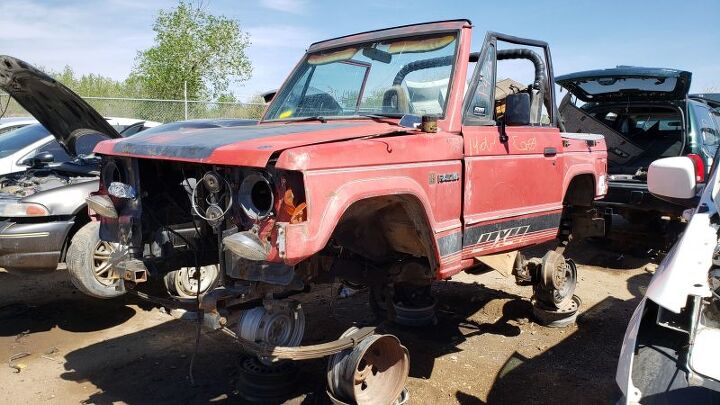
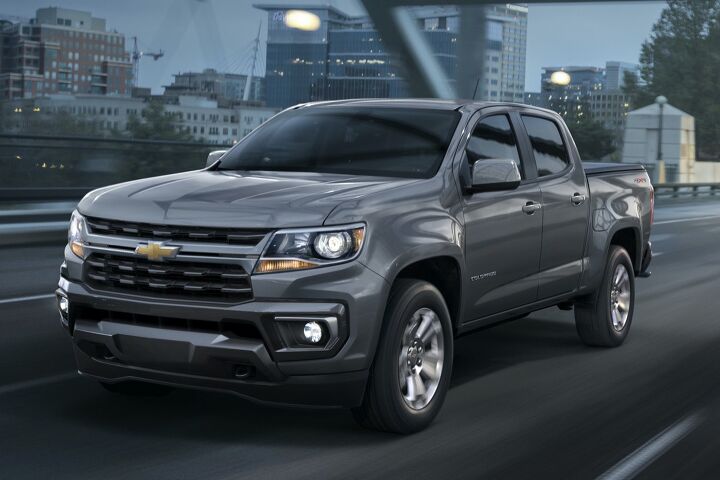

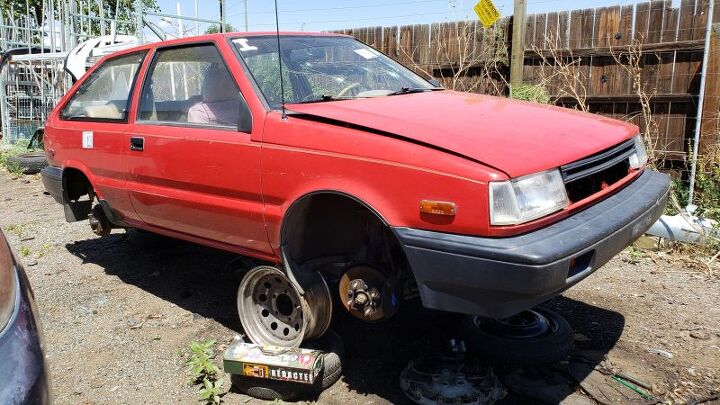

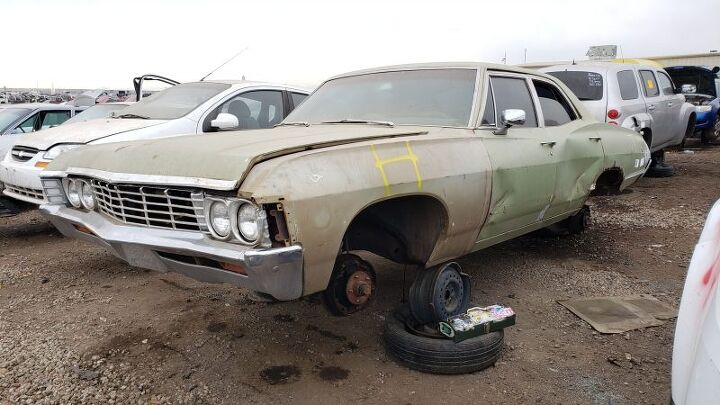

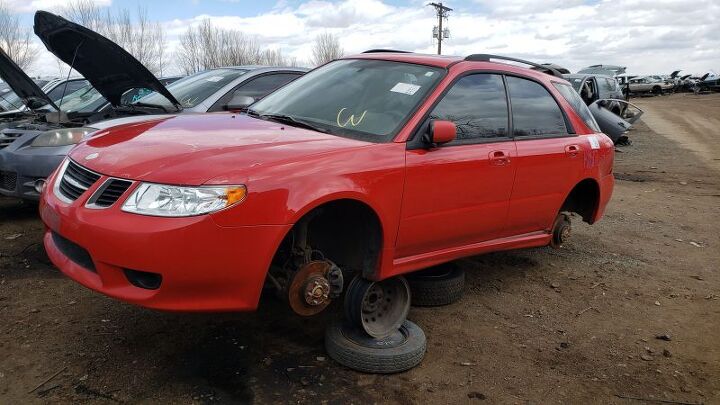


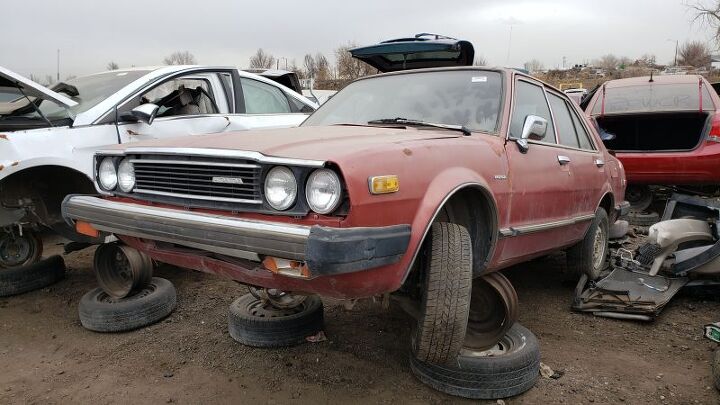














Recent Comments